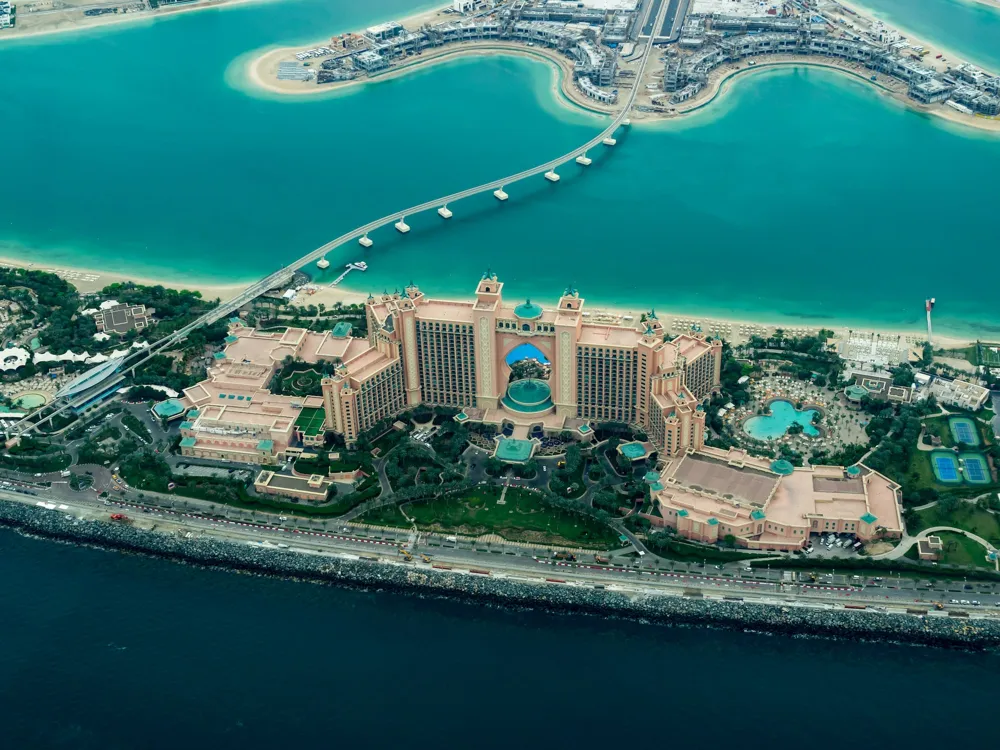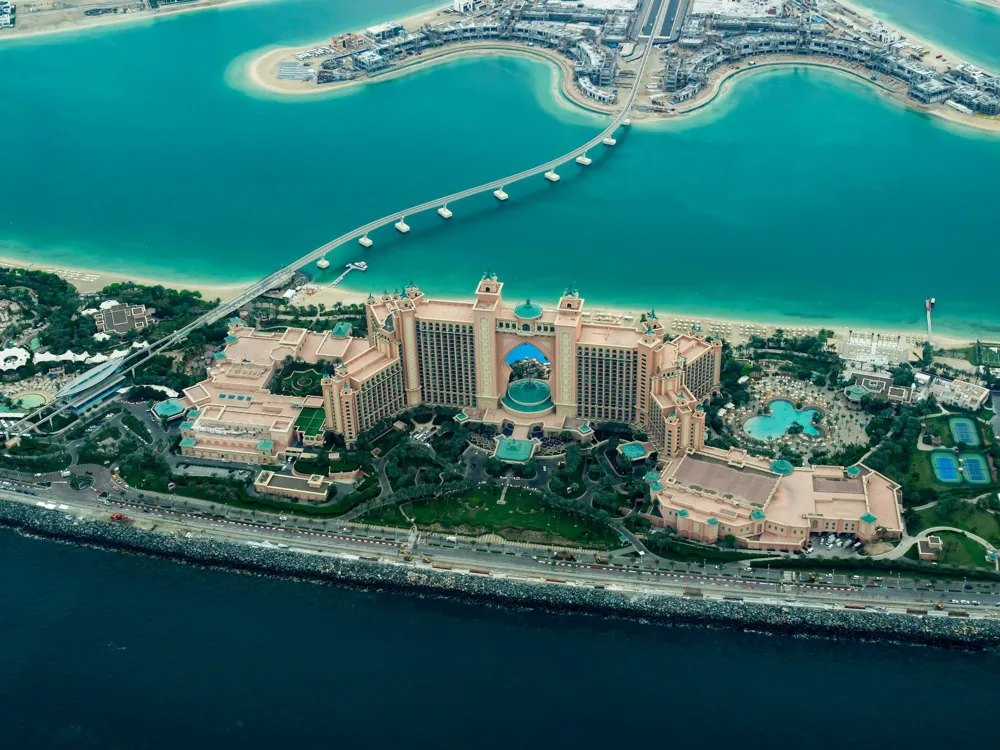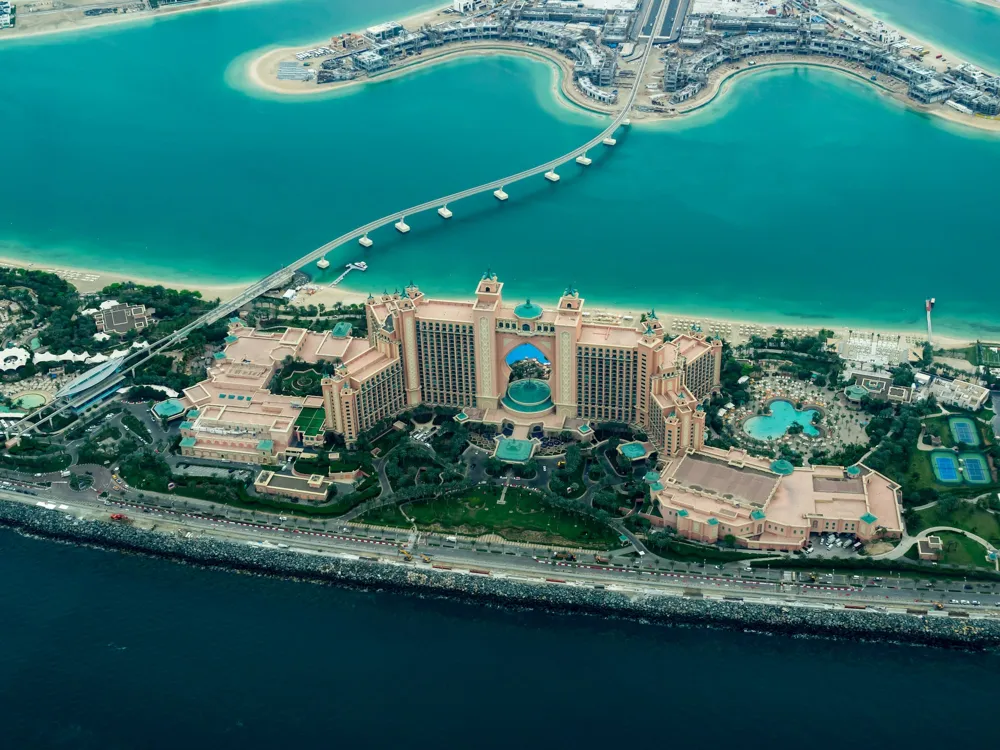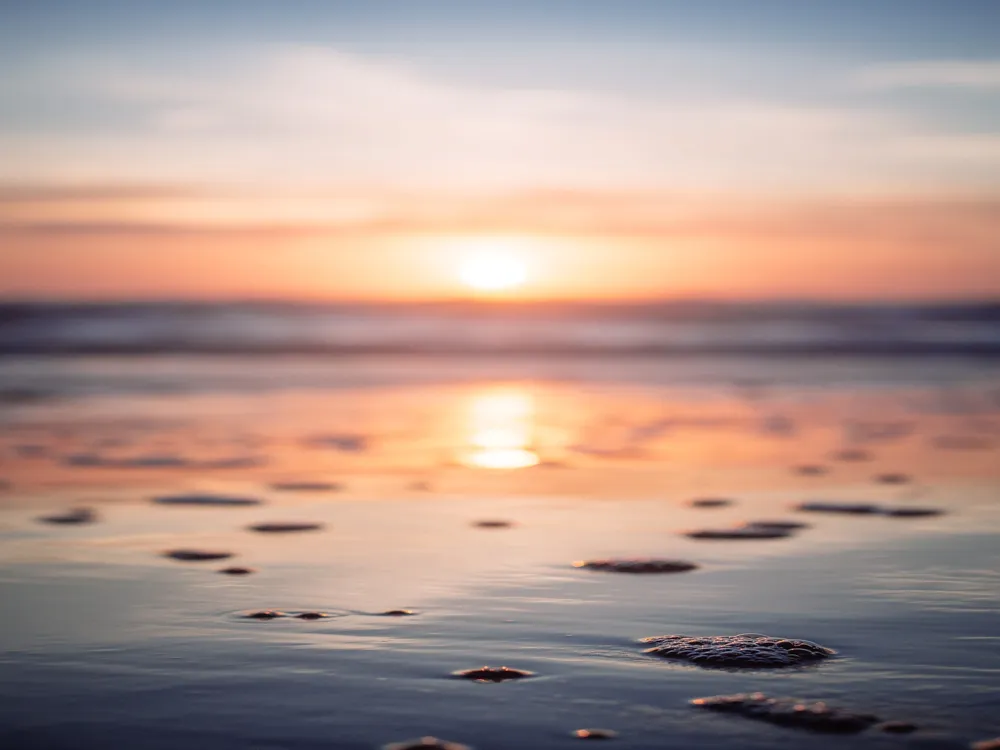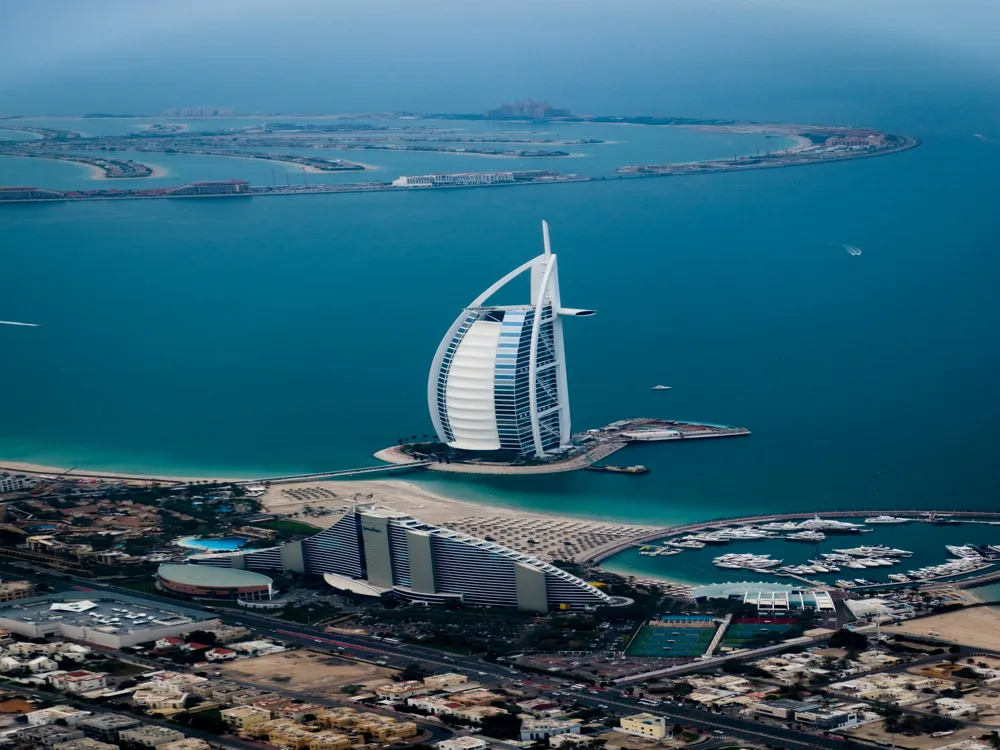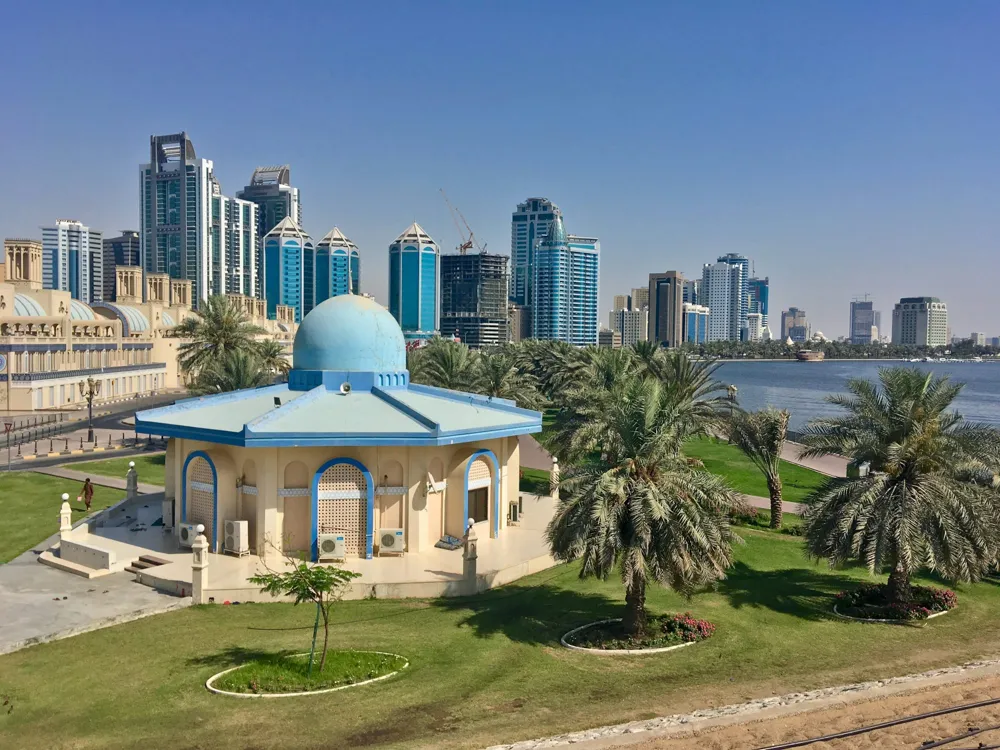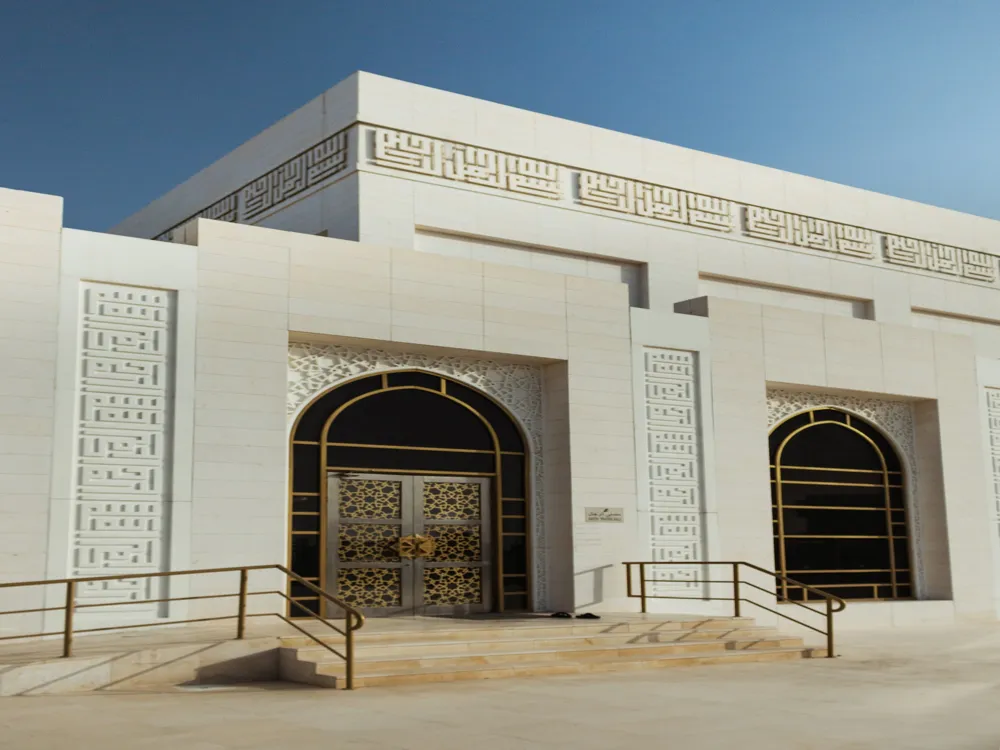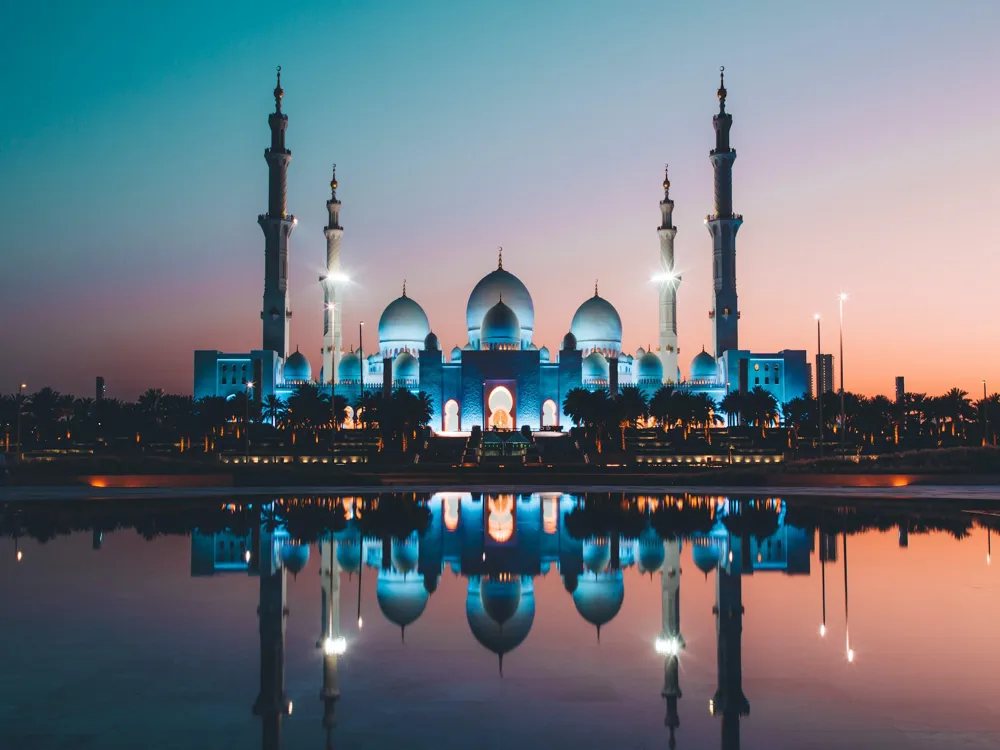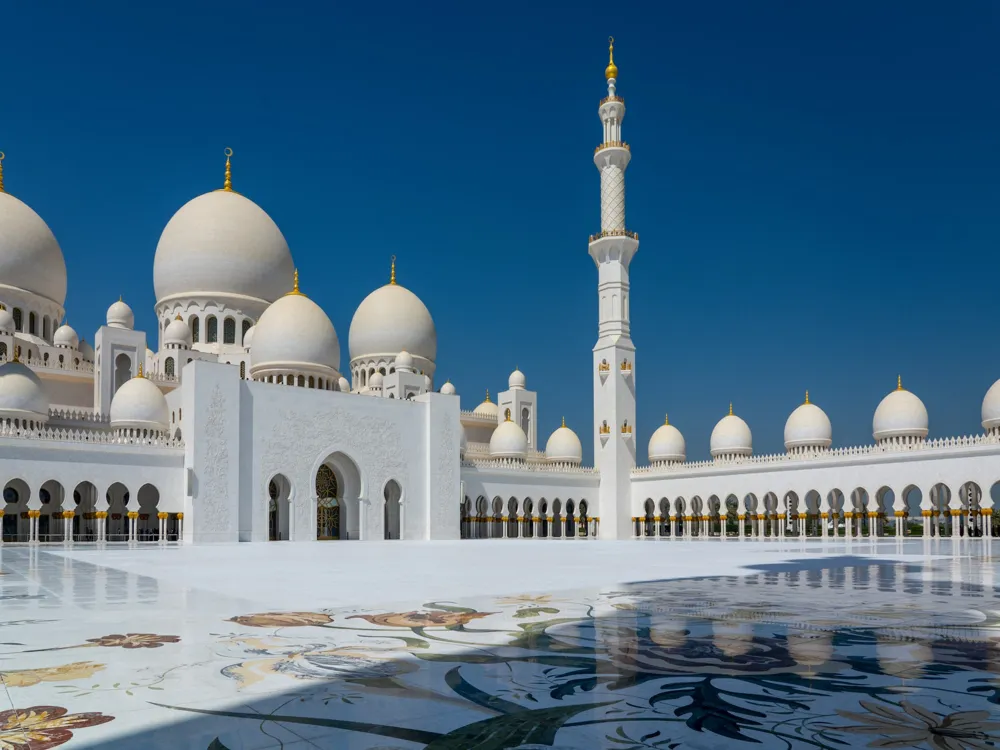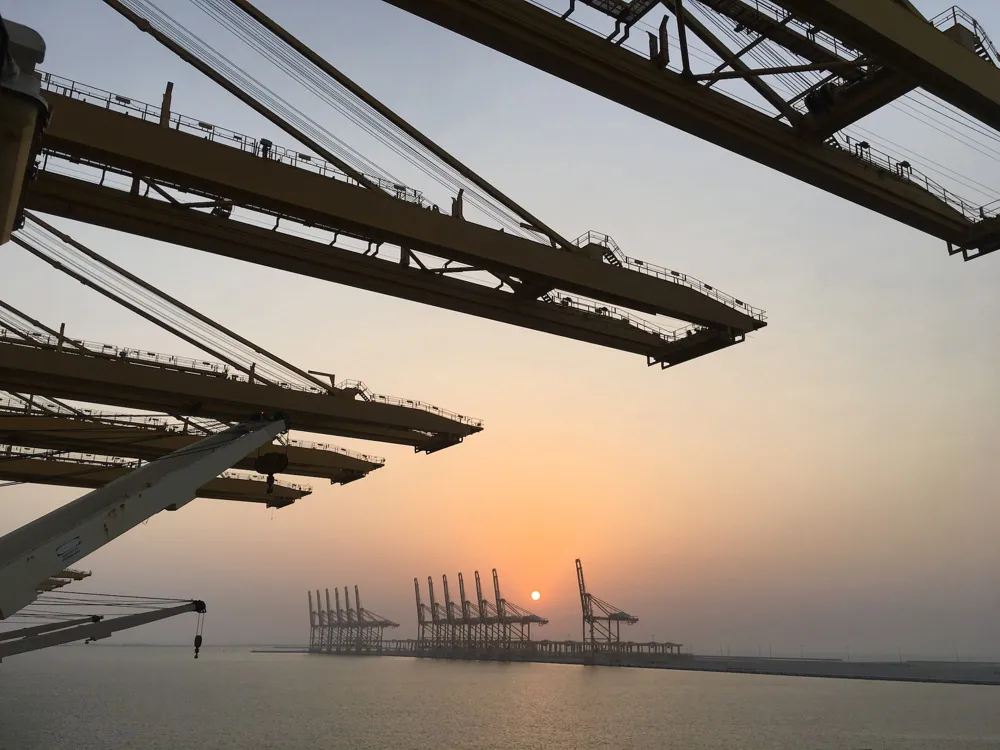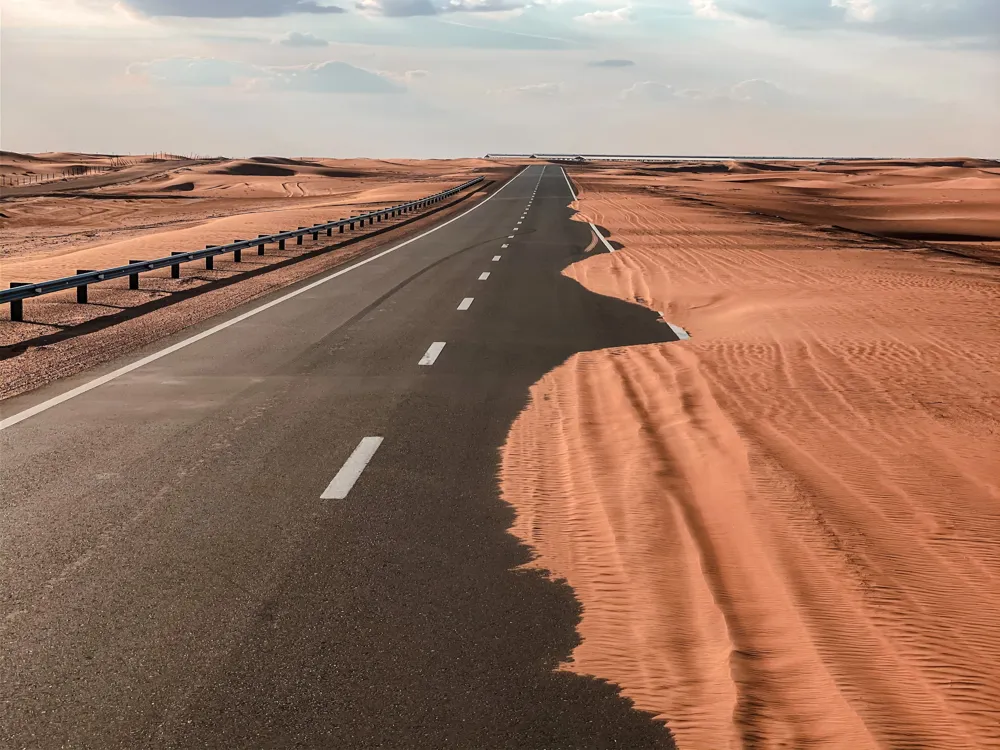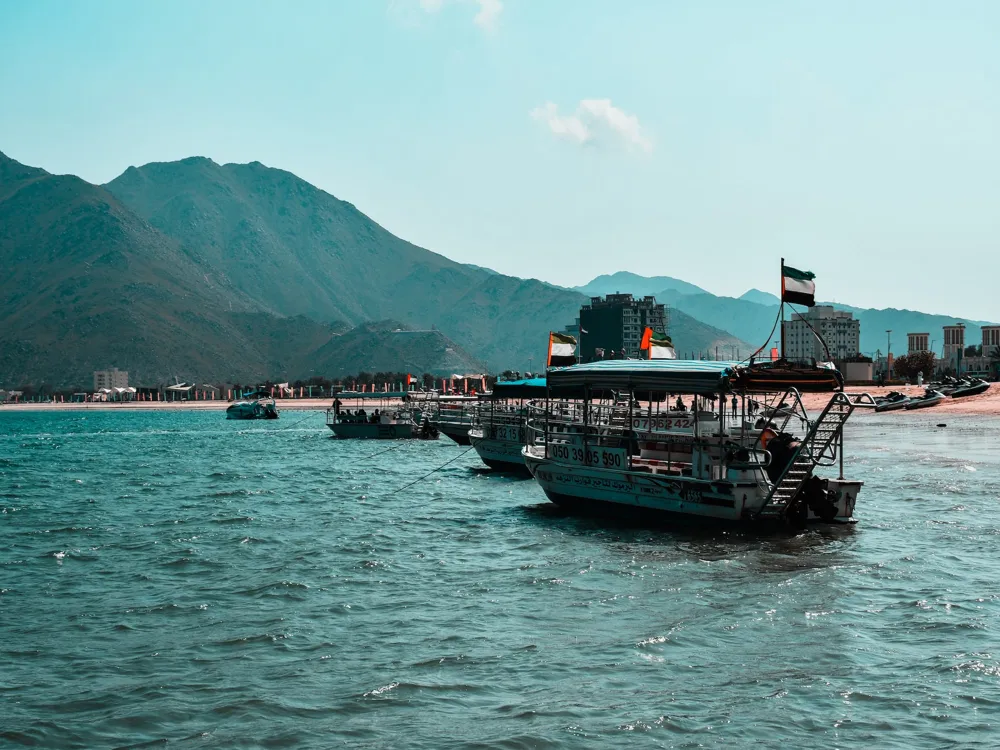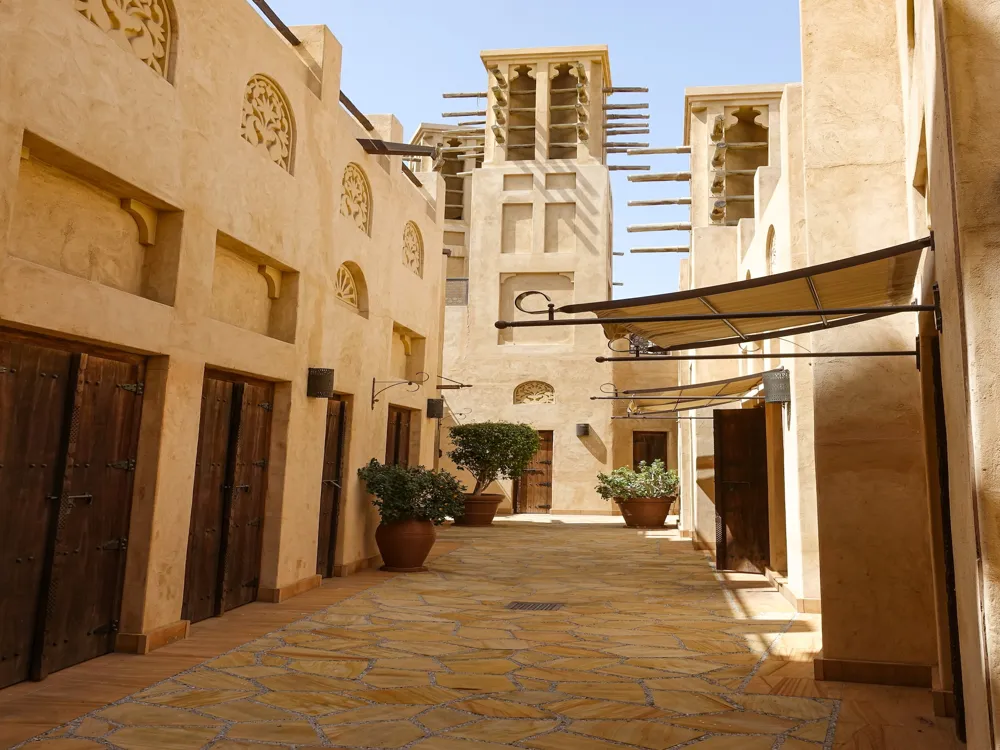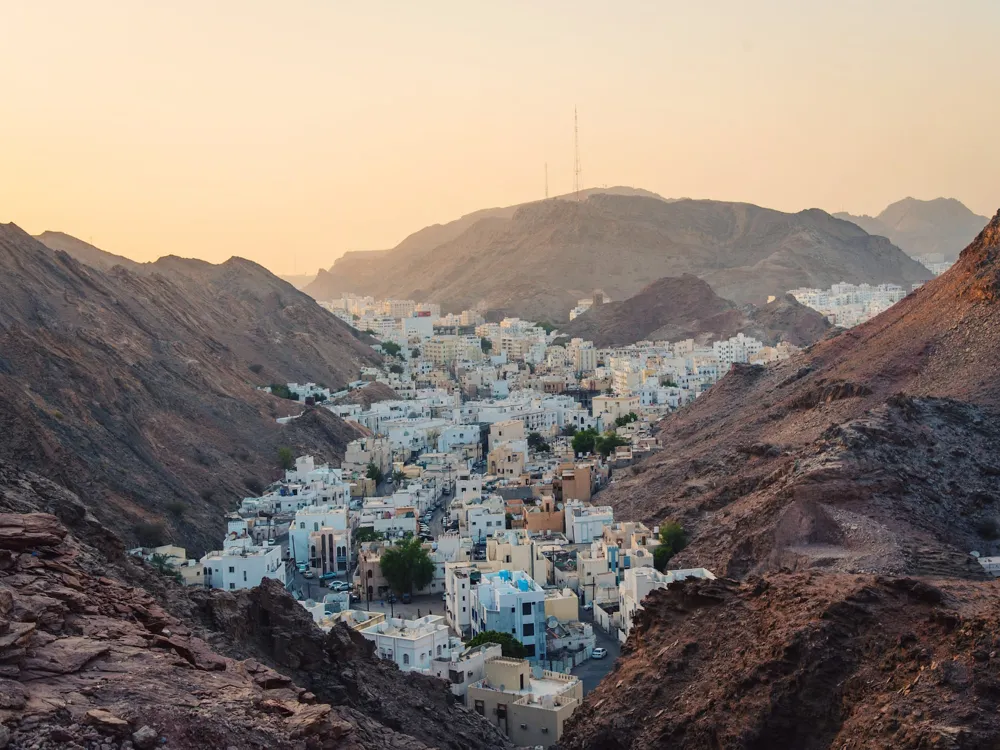The Dubai Waterfront, a marvel of modern architecture and urban planning, stands as a testament to human ingenuity in the heart of the United Arab Emirates. Stretching along the Persian Gulf, this grandiose development represents a blend of luxury, innovation, and a forward-thinking approach to urban living. At its core, the Dubai Waterfront is designed to be a self-sufficient, sustainable city that offers its residents and visitors an unparalleled living experience. The area is a hub for both commercial and residential activities, featuring a variety of attractions, including luxury hotels, upscale shopping centers, and numerous entertainment options. The waterfront is not just an architectural achievement; it is a cultural and lifestyle landmark, hosting events that range from art exhibitions to musical performances, catering to a diverse international audience. The vision behind the Dubai Waterfront is to create a space that is not only visually stunning but also environmentally responsible. Advanced technology and innovative design principles are employed to ensure sustainability, from energy-efficient buildings to water conservation methods. This commitment to sustainability extends to the natural environment, with careful consideration given to the preservation of local marine habitats. As a destination, the Dubai Waterfront is a symbol of Dubai’s ambition and its role as a global city. It’s a place where the world meets, where cultures blend, and where the future of urban living is being shaped today. The architecture of the Dubai Waterfront is a blend of traditional Emirati design elements and cutting-edge modern architecture. The buildings are designed to reflect the character of Dubai, merging the city's rich history with its dynamic future. This area showcases some of the most innovative architectural designs in the world, featuring skyscrapers that push the boundaries of contemporary engineering. One of the key features of the Waterfront’s architecture is its focus on sustainability and environmental friendliness. Buildings are designed to maximize natural light and ventilation, reducing the need for artificial lighting and air conditioning. The use of renewable energy sources, such as solar panels, is widespread, making the Waterfront a leading example of sustainable urban development. The layout of the Dubai Waterfront is carefully planned to create a sense of community and connectivity. Pedestrian-friendly walkways, public squares, and green spaces are integrated throughout the area, encouraging residents and visitors to explore and engage with their surroundings. The waterfront itself is a focal point, with its marinas, boardwalks, and beaches providing a scenic backdrop to the urban landscape. In summary, the architecture of the Dubai Waterfront is not just about creating visually stunning structures; it’s about creating a harmonious environment that respects the past, embraces the present, and anticipates the future. The ideal time to visit the Dubai Waterfront is between November and March when the weather is cooler and more conducive to outdoor activities. This period avoids the extremely hot summer months, making your visit more comfortable. Visitors can reach the Dubai Waterfront by various means of transportation. Public transport options include metro, buses, and taxis, which are readily available. For a more scenic route, consider taking a water taxi or ferry. The Waterfront offers a range of accommodation options, from luxury hotels to more affordable lodgings. It’s advisable to book in advance, especially during peak tourist seasons. Dubai Waterfront hosts a plethora of dining options featuring both local and international cuisines. Don’t miss out on trying traditional Emirati dishes for an authentic taste of local culture. Respect local customs and traditions while visiting. Dress modestly, especially when visiting religious or traditional areas, and be mindful of cultural sensitivities. The Dubai Waterfront is accessible through various modes of transportation. The most convenient way to reach is by metro, with the nearest station being the Dubai Marina Metro Station. Buses and taxis are also readily available for those who prefer road travel. For a unique experience, visitors can opt for a water taxi or ferry service, which offers a scenic route to the Waterfront. For international visitors, the Dubai International Airport is the nearest airport, from where you can take a taxi or metro to reach the Waterfront. Car rentals and ride-hailing services like Uber and Careem are also popular choices for transportation within Dubai. Read MoreOverview of Dubai Waterfront
Architecture of Dubai Waterfront
Tips When Visiting Dubai Waterfront
Best Time to Visit
Transportation Options
Accommodation Choices
Local Cuisine and Dining
Cultural Etiquette
How To Reach Dubai Waterfront
Dubai Waterfront
Dubai
₹ 17,999 onwards
View dubai Packages
Weather :
Tags : Waterfront
Time Required : 3-4 hours
Planning a Trip? Ask Your Question
Dubai Travel Packages
View All Packages For Dubai
Top Hotel Collections for Dubai

Private Pool

Luxury Hotels

5-Star Hotels

Pet Friendly
Top Hotels Near Dubai
Other Top Ranking Places In Dubai
View All Places To Visit In dubai
View dubai Packages
Weather :
Tags : Waterfront
Time Required : 3-4 hours
Planning a Trip? Ask Your Question
Dubai Travel Packages
View All Packages For Dubai
Top Hotel Collections for Dubai

Private Pool

Luxury Hotels

5-Star Hotels

Pet Friendly





